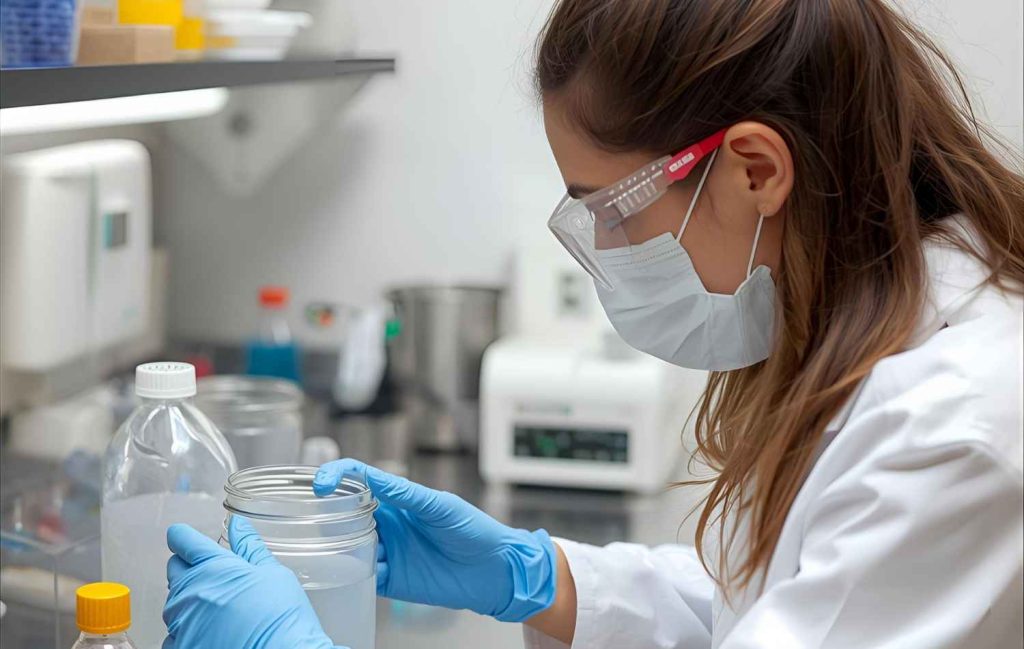
At first glance, art and medicine seem like two opposing fields – one creative and emotional, the other scientific and objective. However, looking deeper reveals that they share a deep and fundamental connection that begins early in medical education and continues throughout the entire professional career. Art, in its various forms, serves as a powerful and important tool in training surgeons and scientists, both technically and psychologically and ethically. In this article, we'll explore the different ways art contributes to medical training and scientific expertise development.
How Do Drawing and Visual Arts Develop Observation Skills?
The connection between art and medicine began during the Renaissance, when artists like Leonardo da Vinci performed scientific dissections to understand human body structure. Today, drawing and visual arts play a vital role in developing observation skills for medical students. Research from Harvard Medical School shows that students who studied anatomical drawing demonstrated 45% improvement in anatomical detail identification ability and description accuracy.
Drawing requires deep and meticulous observation. When a medical student draws an anatomical structure, they must focus on proportions, relationships between structures, and fine details. This process develops the clinical eye and strengthens visual memory – critical skills for any doctor.
What Role Does Music Play in Training Surgical Skills?
Music serves as a powerful tool for developing fine motor skills required in surgery. Rhythm, coordination, and careful listening required in playing translate directly to surgical skills. Research from Temple Medical University indicates that surgeons who played musical instruments before medical studies demonstrate 25% higher accuracy in performing micro-surgical procedures.
Music also develops the ability to remain calm under pressure. An experienced musician knows how to continue playing even when making mistakes or feeling tense, a skill highly relevant to the operating room. Musical rhythm and timing train the brain for multi-tasking thinking and rapid responses.
How Do Theater and Acting Develop Empathy and Communication Skills?
Modern medicine recognizes more than ever that professional knowledge alone is not enough. An outstanding doctor is also measured by their ability to understand the patient, communicate clearly, and show genuine empathy. This is where theater and acting step in – powerful tools that provide practical skills for developing these qualities.
Through theater practice, medical students learn to “step into someone else’s shoes,” explore diverse perspectives, and master convincing communication. That’s why advanced medical schools worldwide integrate theater workshops into their training, strengthening both professional and interpersonal skills.
Medicine with Heart – The BioTech Anatomy Approach
At https://biotechanatomy.co.il/, the focus goes beyond technical training. The institute provides students with a respectful and empathetic learning environment, built on human connection and sensitivity.
This unique approach combines advanced medical knowledge with professional values and ethical awareness – preparing medical teams not only to deliver excellent care but also to do so with compassion and understanding.
Why Are Literature and Poetry Important for Medical Education?
Literature and poetry broaden human horizons and develop critical thinking. Doctors who read literature develop deeper understanding of human experience, including pain, fear, and hope. Research from Johns Hopkins Medical Institute shows that doctors with literary backgrounds demonstrate higher levels of empathy and professional satisfaction.
Medical narrative – the ability to tell and listen to patient stories – is a central skill developed through literature exposure. Stories of illness, suffering, and recovery in literature prepare young doctors for the emotional reality of working with patients.
How Do Handicrafts Develop Precision and Motor Skills?
Handicrafts like ceramics, sculpture, and woodworking develop fine motor skills especially needed by surgeons. Working with different materials trains hands to be sensitive to various textures and resistances – an experience relevant to working with different human tissues.
Biotech Anatomy LTD enables hands-on education in anatomy and surgery that combines the importance of touch and sensation. Our advanced scientific facility enables performing procedures on the real human body in a collaborative surgical environment, where touch sensitivity and ability to distinguish between different tissues are critical.
What is Photography's Role in Medical Documentation and Research?
Medical photography is both art and technology. The ability to document procedures, rare cases, and research findings visually accurately is a vital skill in modern research. Photography trains the eye for details, lighting, and composition – skills also relevant to clinical examination.
Digitization of medical documentation has made photography skills even more crucial. Doctors needing to document cases for teaching or research purposes must know how to create quality and informative images.
How Do Graphic Design and Visual Contribute to Medical Information Transfer?
In an era where medical information must be accessible to broad audiences, graphic design skills become crucial. The ability to present complex information visually clearly and understandably is a valuable skill. Medical infographics, explanatory diagrams, and visual presentations are an integral part of modern medical communication.
Research from Massachusetts Institute of Technology shows that medically presented visual information is better understood and remembered more efficiently by patients and professionals alike.
Why is It Important to Integrate Art in Medical Learning Environment?
Integrating art in medical learning environment creates an inspiring atmosphere and reduces stress. Studies show that art exposure reduces stress levels and improves mood, important factors in the intensive environment of medical studies.
Organ supply for research – fresh or frozen according to research requirements – is conducted in facilities that combine aesthetics and functionality. The physical environment affects learning quality and professional development.
How Does Art Help Handle Stress and Trauma?
Medical work involves exposure to traumatic situations, pain, and death. Art serves as a powerful tool for handling emotional stress involved. Artistic creation enables emotional expression, difficult experience processing, and finding meaning in professional work.
Art therapy programs for caregivers are becoming more common in medical institutions. They provide doctors and nurses with healthy ways to handle their profession's emotional challenges.
What is Art's Ethical Importance in Medicine?
Art encourages thinking about values, ethics, and meaning. In a world where technology advances rapidly, it's important to maintain medicine's human and value dimension. Art reminds caregivers of human dignity importance, life's beauty, and compassion's value.
Professional handling of remains, all under Ministry of Health supervision, is conducted from deep understanding of ethical and human values. Art strengthens this sensitivity and prepares caregivers to approach their work with dignity and appreciation.
Art is not a nice addition to medical education – it's a vital component that complements and deepens technical training. Surgeons and scientists who develop artistic sensitivity become not only better professionals but also more complete and compassionate human beings. In a world where medicine becomes increasingly computerized, art's importance in maintaining the human dimension only grows.
